Corporate News
Company News
- Fluorocarbon aluminum veneer: the new darling of the construction industry, revealing its weather resistance!
- Aluminum veneer: a low-key "fashion star" in modern architecture
- Unveiling Aluminum Veneers for Curtain Walls: The 'Behind the Scenes Hero' of Architectural Aesthetics
- Curtain Wall Aluminum Veneer: The Green Guardian of Modern Architecture
- Aluminum veneer curtain wall, the beauty of modern architecture
Industry dynamics
- Innovative application of carved aluminum veneer in curtain wall decoration
- Aluminum veneer curtain wall, the fashionable choice for modern architecture?
- Fluorocarbon aluminum veneer: a fashionable choice in modern architecture
- Aluminum veneer curtain wall: the beauty of architecture, the guardian of modern life
- Analysis of Material Selection and Construction Points for Aluminum Veneer Customization
Frequently asked questions
- What are the applications of aluminum veneer in the interior decoration industry and how can they be improved?
- What factors will affect the price of aluminum veneer?
- How to apply aluminum veneer in construction and interior decoration?
- What are the applications of aluminum veneer in the interior decoration industry?
- What are the applications of aluminum veneer in the construction industry and how can they be improved?
contact us
Mobile:+86 15627778610
Email: 2201229786
Address: No. 5 Binjiang Road, High tech Zone, Zhaoqing City, Guangdong Province
Types and characteristics of aluminum veneers, as well as the selection of suitable aluminum veneers
- Author: Lesilong Technology (Guangdong) Co., Ltd
- Release time: February 27, 2025 00:06:25
- Click:0

Aluminum veneerTypes and characteristics of
Aluminum veneer is a decorative panel made of aluminum alloy material, widely used in building facades, ceilings, interior decoration and other fields. According to different materials and surface treatment processes, aluminum veneer can be divided into the following types:
1. Aluminum alloy veneer
Aluminum alloy veneer is the most common type of aluminum veneer. It is made of high-strength aluminum alloy material, which has excellent durability and strength. The surface of aluminum alloy veneer can be treated with fluorocarbon spraying, powder spraying, oxidation, etc. to achieve anti-corrosion, fireproof, anti pollution and other characteristics.
2. Aluminum magnesium manganese alloy veneer
Compared to ordinary aluminum alloy veneers, aluminum magnesium manganese alloy veneers have higher strength, hardness, and corrosion resistance. Its surface can be treated with anodizing to form a dense oxide film, improving its corrosion resistance and weather resistance.
3. Stainless steel composite aluminum veneer
Stainless steel composite aluminum veneer is a decorative material made by combining stainless steel plates with aluminum plates. It inherits the excellent properties of stainless steel, such as corrosion resistance and high temperature resistance, and has the characteristics of lightweight and easy processing of aluminum veneer. Stainless steel composite aluminum veneer has better resistance to weathering and weather resistance in outdoor environments.
4. Quartz stone composite aluminum veneer
Quartz stone composite aluminum veneer is a decorative material made by combining quartz stone with aluminum veneer backplate. It combines the natural beauty and hardness of quartz with the lightness and plasticity of aluminum veneer. Quartz stone composite aluminum veneer is widely used in the field of interior decoration, such as walls, floors, cabinets, etc.
In addition to the common types of aluminum veneers mentioned above, there are also customized veneers for special needs, such as coated aluminum veneers, wood grain aluminum veneers, etc. Each type of aluminum veneer has its unique characteristics and scope of application, and choosing the appropriate aluminum veneer depends on the specific usage scenario and requirements.
Choose the appropriate aluminum veneer
1. Weather resistance
When using aluminum veneer in outdoor environments, weather resistance is an important consideration factor. Different types of aluminum veneers have different weather resistance properties. For example, aluminum magnesium manganese alloy veneers have better corrosion and oxidation resistance, making them suitable for building facades in harsh weather conditions.
2. Strength and hardness
It is also very important to choose the appropriate strength and hardness of aluminum veneer according to specific building requirements. For example, some high-rise buildings have high requirements for the wind pressure resistance of aluminum veneers. In this case, higher strength aluminum alloy veneers or aluminum magnesium manganese alloy veneers can be selected.
3. Color and surface treatment
The color and surface treatment of aluminum veneer can be selected according to design requirements. Fluorocarbon spraying and powder spraying are common surface treatment methods that can achieve different color effects and textures. Choosing appropriate colors and surface treatments based on the overall style and decorative requirements of the building can make the facade more beautiful and durable.
4. Cost and maintainability
When choosing aluminum veneer, cost and maintainability are also factors to consider. The prices of different types of aluminum veneers vary, and some special surface treatments may require more maintenance work. According to the project budget and usage requirements, selecting aluminum veneers that are cost-effective and easy to maintain can better meet the demand.
Summary:
Aluminum veneer, as a commonly used building decoration material, has various types and characteristics. The selection of suitable aluminum veneer depends on factors such as weather resistance, strength and hardness, color and surface treatment, cost, and maintainability. In practical applications, based on specific building and design requirements, and taking into account various factors, the most suitable aluminum veneer can be selected to achieve high-quality building decoration effects.

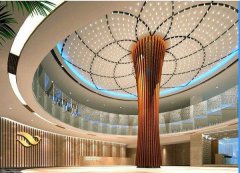
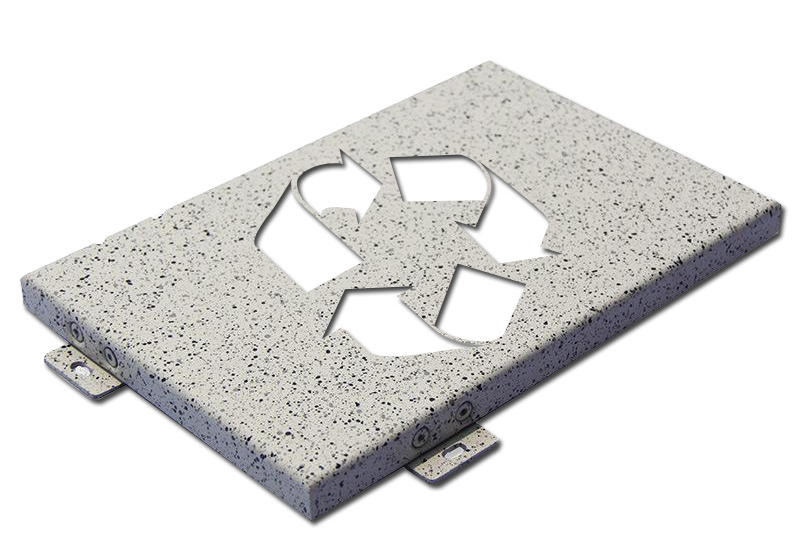
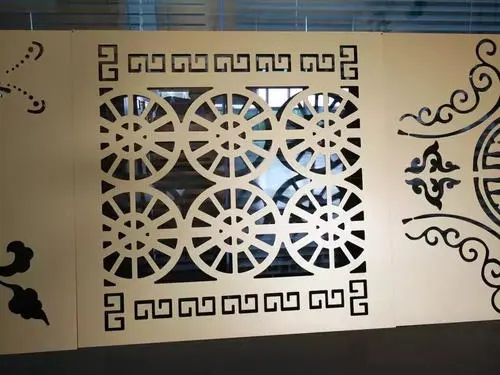

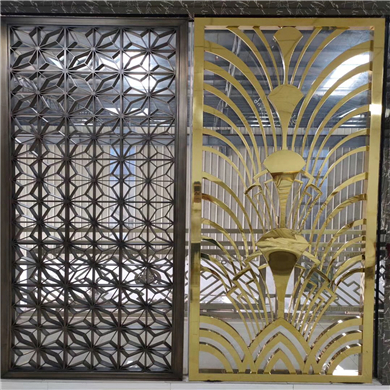
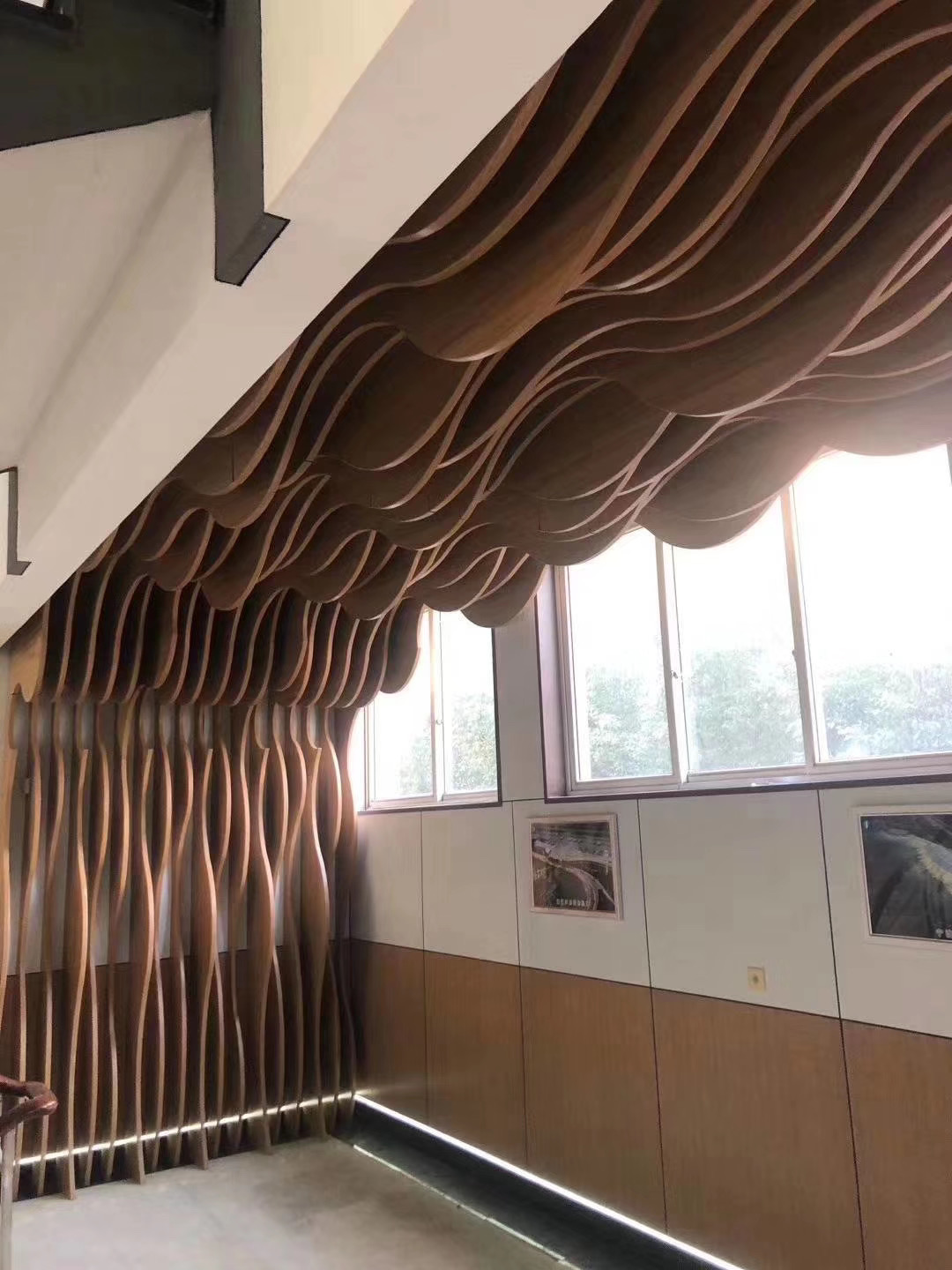
 Customer service QQ
Customer service QQ